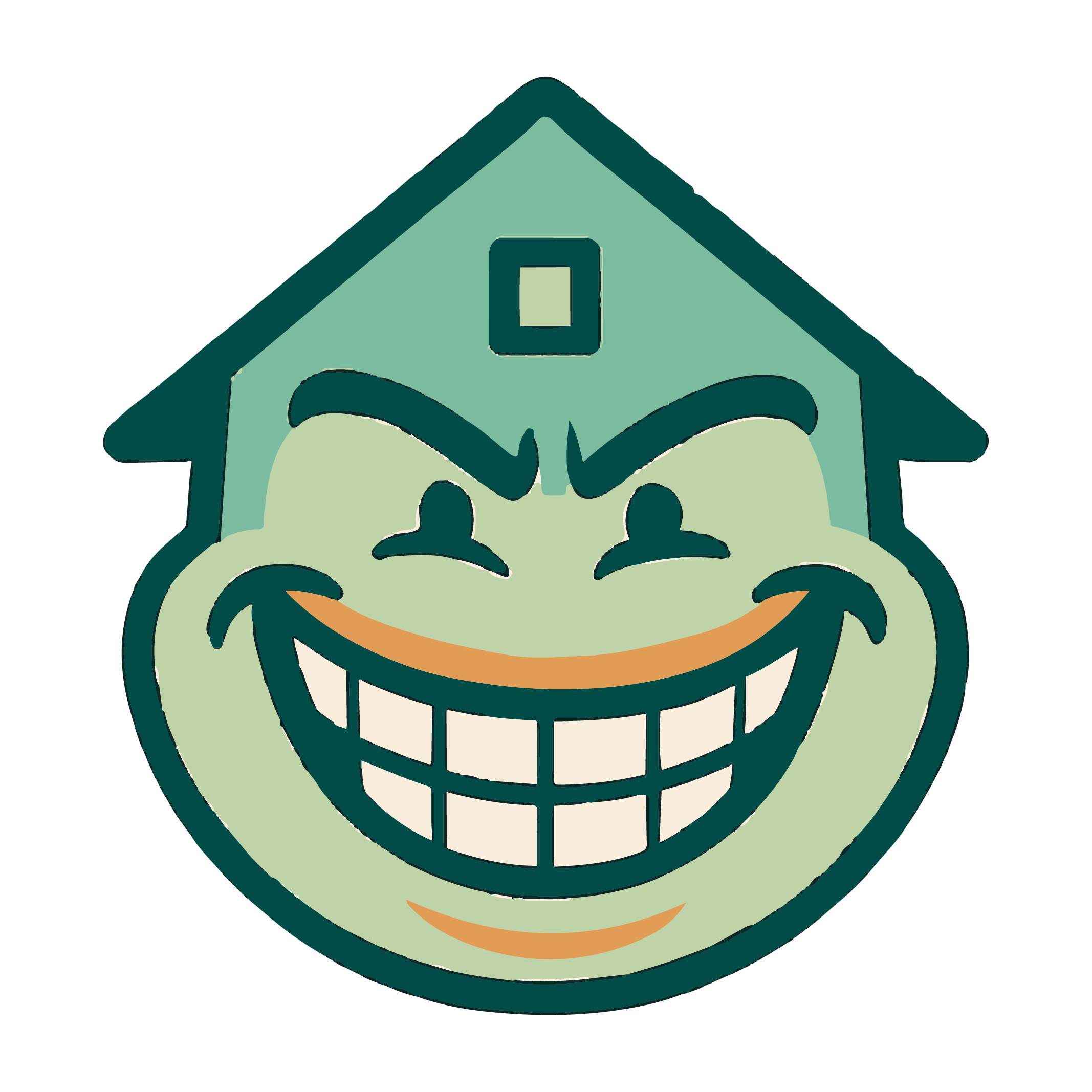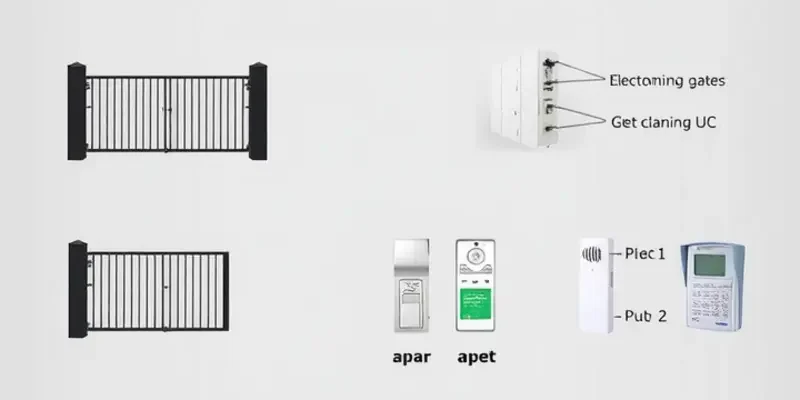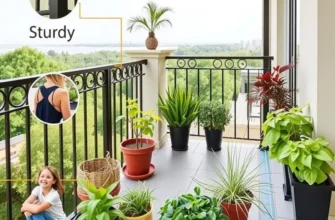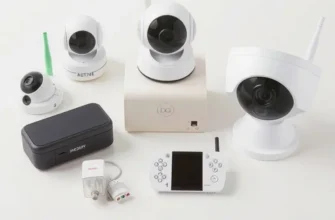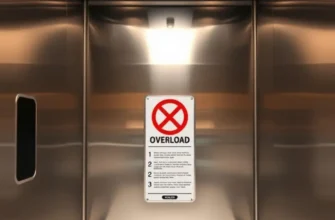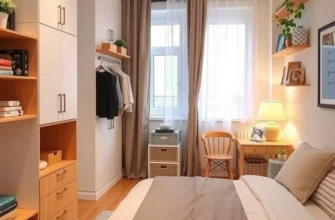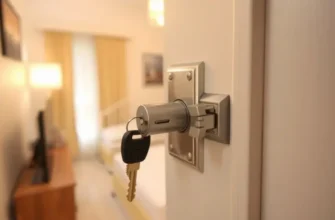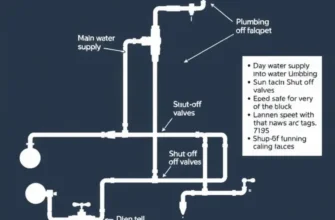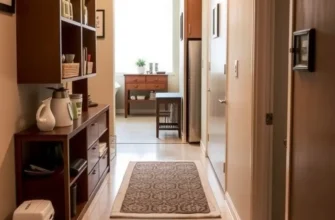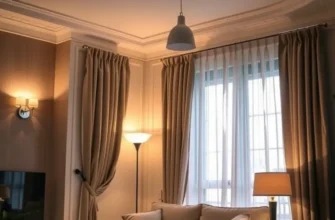Renting an apartment should feel like a safe and secure home, but ensuring that environment requires awareness and action. One critical aspect of apartment safety is the gate systems that control access to the property. Whether it’s a simple locked gate or a sophisticated electronic access system, the functionality and upkeep of these gates play a significant role in your overall safety. Understanding how to effectively utilize and maintain these safety features not only enhances your sense of security, but also fosters a peaceful living experience. In this guide, we will explore practical tips for renters to ensure the security of their apartments through proper gate safety measures, maintenance tips, and ways to communicate effectively with property management. It’s about creating a secure living environment that lets you focus on enjoying your home rather than worrying about potential safety issues.
Understanding Your Apartment’s Gate System
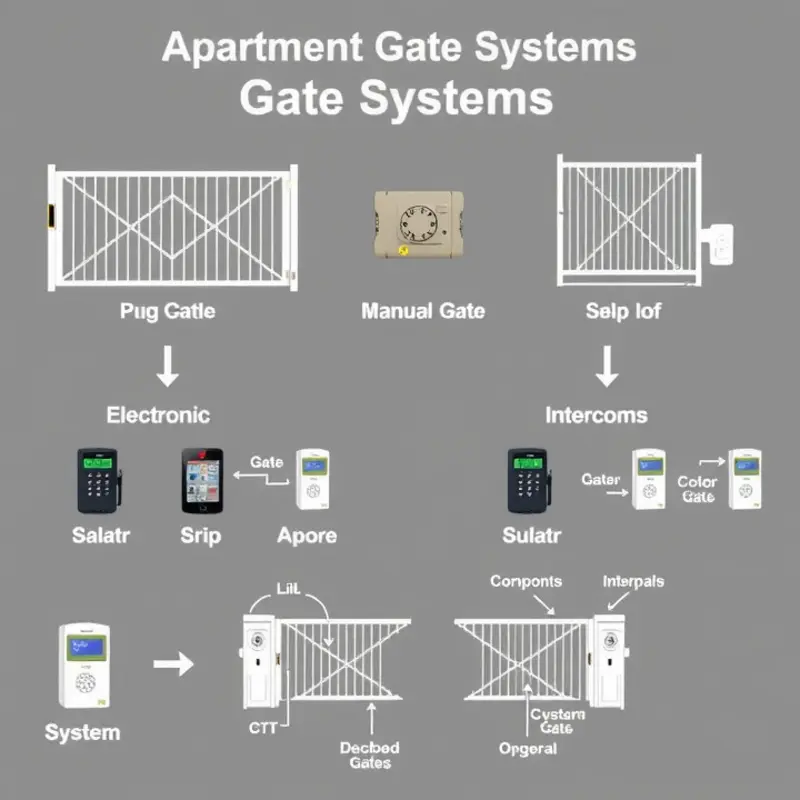
Knowing the intricacies of your apartment’s gate system is crucial for maintaining a secure living environment. Security gates serve as the first line of defense against unauthorized access and potential break-ins. Here, we explore the common gate systems in apartments, their operations, features to consider, and how to effectively assess their condition and security.
Types of Gate Systems
There are various types of gate systems implemented in apartment complexes, each with its own operation method and security level. The most common include:
- Manual Gates – These require physical operation, often involving a key or latch. While cost-effective, they depend heavily on tenants consistently securing them.
- Automatic Gates – Equipped with motors and often operated via remote controls, keypads, or keycards. They offer added convenience and security but require regular maintenance to ensure functionality.
- Sliding Gates – Space-efficient, they typically move laterally and are often used in conjunction with manual or automatic systems.
- Swing Gates – Similar to traditional door operations, they open inward or outward. Ensure they have enough space to open fully without obstruction.
Each gate type has its merits and potential vulnerabilities. For instance, manual gates rely on tenant diligence, whereas automatic gates are susceptible to malfunctions. Understanding these nuances can guide you in identifying the right balance of cost, convenience, and security.
Features to Look For
When evaluating your apartment’s gate system, certain features can enhance security and functionality:
- Durability of Materials: Gates made of robust materials, such as steel or high-grade aluminum, offer better resistance to break-ins.
- Access Control Systems: Keypads or card-based access are preferable for controlling who enters. Verify if multiple authentication methods are available.
- Surveillance Integration: Cameras aligned with the gate provide added security by monitoring access points.
- Intercom Systems: They allow tenants to verify guest identities before granting entry, enhancing control.
Assessing Current Condition and Vulnerabilities
To ensure your gate is in optimal condition, regularly inspect for signs of wear or damage. Check the functionality of locks, hinges, and any electronic components. Look for gaps that may allow uninvited access beneath or around the gate.
Potential vulnerabilities include outdated technology in access systems or poor visibility due to inadequate lighting. Addressing these issues should involve collaboration with property management to ensure necessary repairs and upgrades are executed.
Secure Access Management Importance
Effective access management minimizes unauthorized entries and enhances tenant safety. Coordinating with property managers to implement regular maintenance and upgrading access technology when necessary is vital. For more insights on security measures you can implement yourself, check out specific guidance on installing DIY apartment smoke detectors.
Understanding and maintaining your apartment’s gate system is an essential part of ensuring a secure and hassle-free living environment. With the knowledge of how these systems work and what features to consider, you’re better equipped to identify and rectify potential vulnerabilities.
Keeping Your Apartment Gates Secure and Well-Maintained
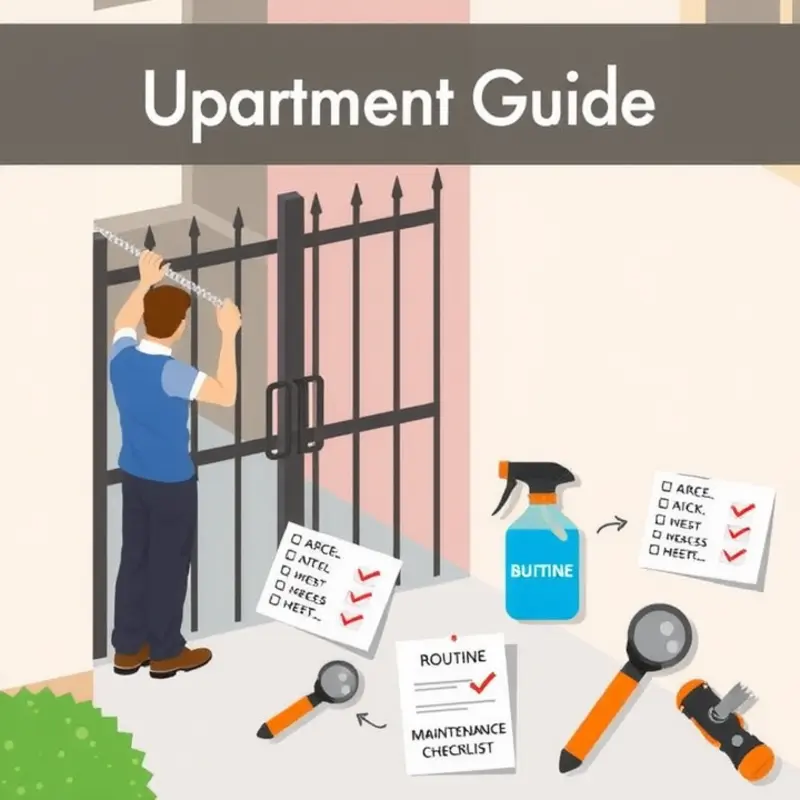
Ensuring your apartment gate is secure and properly maintained is a crucial first step in protecting your home. Begin by performing routine inspections. This means checking the gate’s alignment, hinges, and locks. Look out for any unusual noises when the gate operates or visible damage that might compromise security. A faulty gate can be a greater risk than not having a gate at all.
When you spot issues, report them to your landlord or property management immediately. Delayed repairs can lead to bigger problems, not only compromising security but also potentially increasing repair costs. Before reaching out, document the issue clearly and describe any specific concerns you might have about safety and operation. This can expedite the process by giving management the exact details they need to act quickly.
In terms of basic maintenance, ensure that gate locks and hinges are lubricated regularly. This prevents rust and keeps the gate functioning smoothly. Additionally, clean any debris that might accumulate around the gate track or mechanisms to avoid obstruction or damage. Suggest that property management schedule regular professional maintenance checks, especially for electric gates, to catch problems early.
As a renter, you might not have the authority to make substantial changes, but there are security upgrades you can suggest. For example, if your gate lacks an intercom or camera system, recommend installing these for added visibility and control over who accesses the property. Many modern systems offer remote access through smartphone apps, giving residents the flexibility to monitor in real-time.
Encouraging your management to invest in motion-sensor lighting around the gates can also deter unwanted visitors and improve visibility for tenants at night. Security cameras can also be strategically placed to cover blind spots.
A useful initiative is forming a tenant committee dedicated to safety and security enhancements. This creates a channel for ongoing dialogue with management about security improvements and maintenance priorities, facilitating a prompter response to safety concerns raised by residents.
Additionally, familiarize yourself with landlord-tenant responsibilities, especially in regards to maintenance and security. Knowing your rights and obligations can empower you to voice your needs more effectively and ensure that management adheres to standard property upkeep protocols.
Remember, a secure gate is just one component of a comprehensive safety plan, but it plays a significant role in deterring unauthorized access. Focusing on gate maintenance and potential upgrades are proactive steps in creating a safe, hassle-free home environment for all tenants.
Final words
Apartment security is a multifaceted issue, and your gate plays a pivotal role in this safety landscape. Understanding your gate system and implementing proactive maintenance measures can significantly enhance your sense of security. Engage with your property management and advocate for safety enhancements where needed; together, you can cultivate a living environment that prioritizes protection and peace of mind. Remember, a secure apartment isn’t just about preventing unauthorized access—it’s about fostering a community where everyone feels safe and at home.
